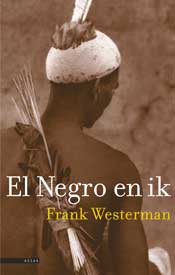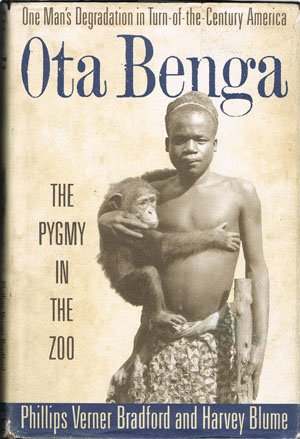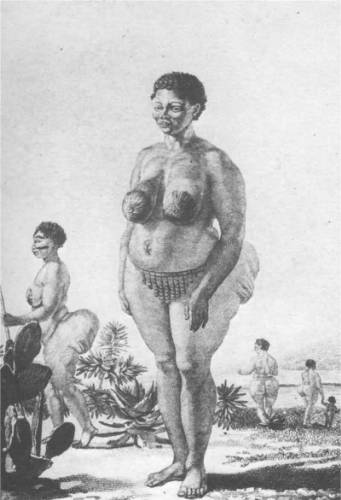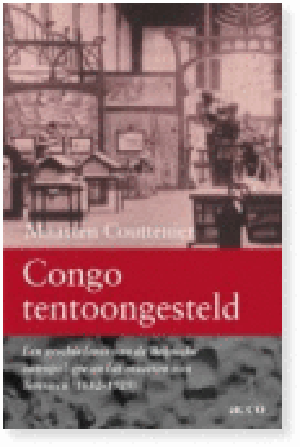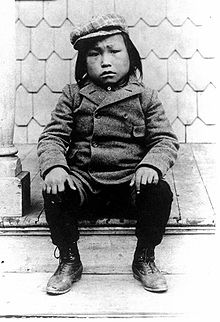2019
the NOISY IMAGES exhibition at the Rautenstrauch-Joest museum in Cologne with Photoszene Köln
video of the installations NOISY IMAGES and The Recognition Machine (with ICV – Michael Murtaugh)
Troubled Archives are: Antje Van Wichelen, Rokia Bamba, Loes Jacobs, Peggy Pierrot, Brenda Bikoko
